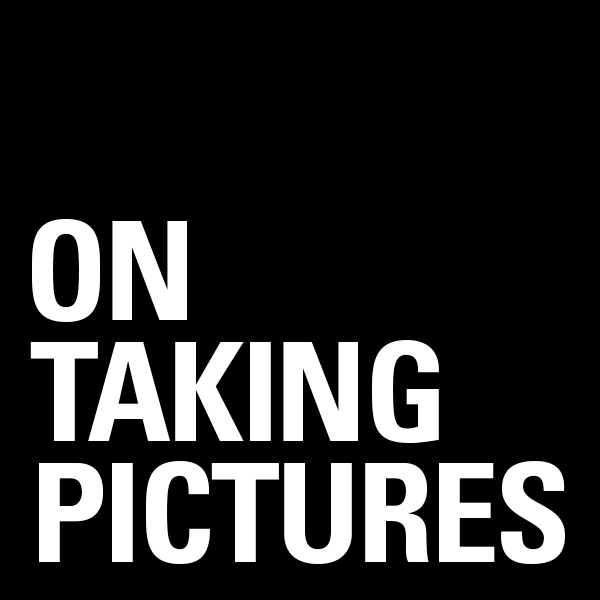 Vignetting refers to darkening of the image at the corner of your frame, usually when shooting a wide apertures. It’s an optical phenomenon that has to do with the way the lens is designed. Oh and it means ‘something small’ in French. And that’s pretty much all you need to know about it because it’s meaningless nowadays. End of essay.
Vignetting refers to darkening of the image at the corner of your frame, usually when shooting a wide apertures. It’s an optical phenomenon that has to do with the way the lens is designed. Oh and it means ‘something small’ in French. And that’s pretty much all you need to know about it because it’s meaningless nowadays. End of essay.
Ah, if only that were true. Well it is kinda. If you look up lens reviews on many sites they’ll show charts of the light falloff in different corners due to vignetting, and they’ll show how one less is better or worse than some other lens. If what you’re going for is perfect continuity of light across the frame (and agast! Who isn’t?), then hell you better make sure you’re lenses are of good quality. And even those of good quality better be stopped down to prevent the evils of vignetting to bite you in the ass.
What a bunch of horse shit. First off it’s rarely strong enough to even really notice, and you’ve been staring at photographs with lens vignetting your entire life so you’re used to it. Secondly there are a real reasons to stop down your lens, namely depth of field and corner sharpness because those are things you can’t improve once the picture has been taken. Vignetting is not on that list. Maybe, and I really mean maybe, back in the days of film there were times where vignetting was a problem for certain technical photographers. Mostly due to the fact that it’s a pain in the butt to compensate for in the darkroom.
Now however, we’ve got all kinds of things that fix vignetting automatically. On my 5D Mark II, Canon has even added an in-camera feature that does it, with a fancy name and everything! “Lens Peripheral Illumination Correction” is what they call it. So turn it on, and voila! You’re all set, even when shooting jpegs. I’m sure there is a similar setting on other serious cameras. And if you’re a RAW shooter, every converter I know of can to this as part of lens correction. Lightroom 3 for instance has profiles for a ton of lenses and fixes vignetting while taking care of lens distortion and chromatic aberration to boot. It’s a good time to be a photographer. You can buy crappy lenses with all kinds of problems and computers just fix them for you before you can say ‘poof’.
The thing is, I like vignetting. I admit it. I’m ok with it. In fact, I often ADD it to images for creative effect. That’s right, I’m adding ‘distortion’ Do you have a cluttered image and need to highlight the subject of the image? Try adding some vignetting around the corners to see if it draws your eye to the middle of the frame. Even if it’s not the middle of the frame, you can make it work. You can also use it to shape the light you actually used on the shoot as well. Here’s a before and after shot from my Drabbles series. They’re identical except for the vignetting. See what I mean?


As for why it’s still talked about I can only guess. I guess it’s been a part of lens reviews forever and so it’s still in there. I guess it can tell nerds (used affectionately) something about how well the lens is designed. Maybe it’s useful as a short-hand crib sheet or something. An indicator of the characteristics of that piece of glass. I hope so, because otherwise I think it’s a little silly.
So the final word is that vignetting is your friend. And you don’t have to be French to use it. If it’s a problem in a particular image, well then digital tools can fix it in less than a jiffy. But it can also be used as a tool to control the viewers eyes. To draw them around your image. To highlight what you want them to look at. To add mood. And I think communicating through photography requires all tools and techniques it can get it’s grubby little hands on.
